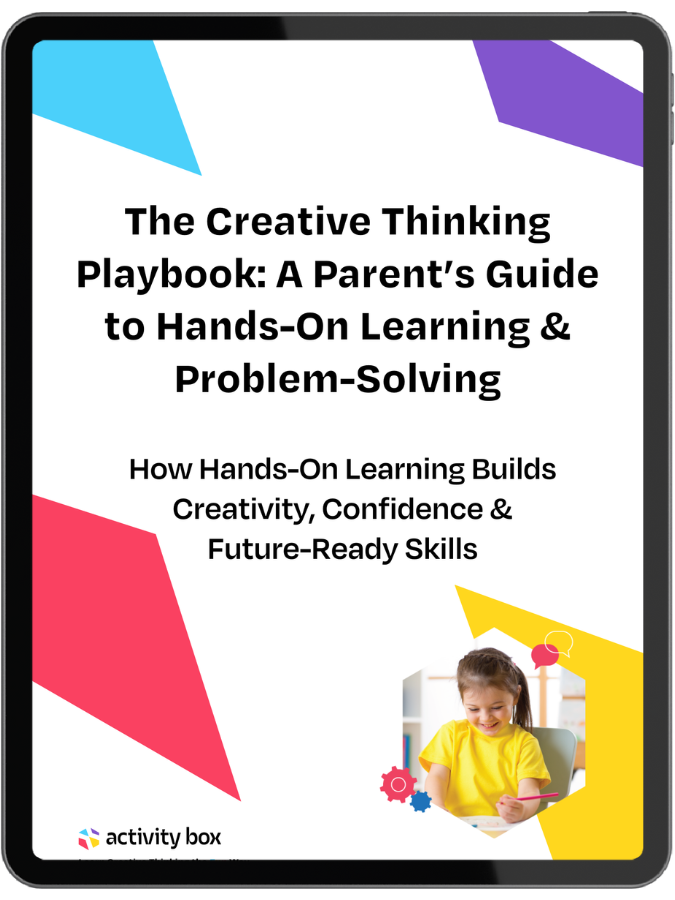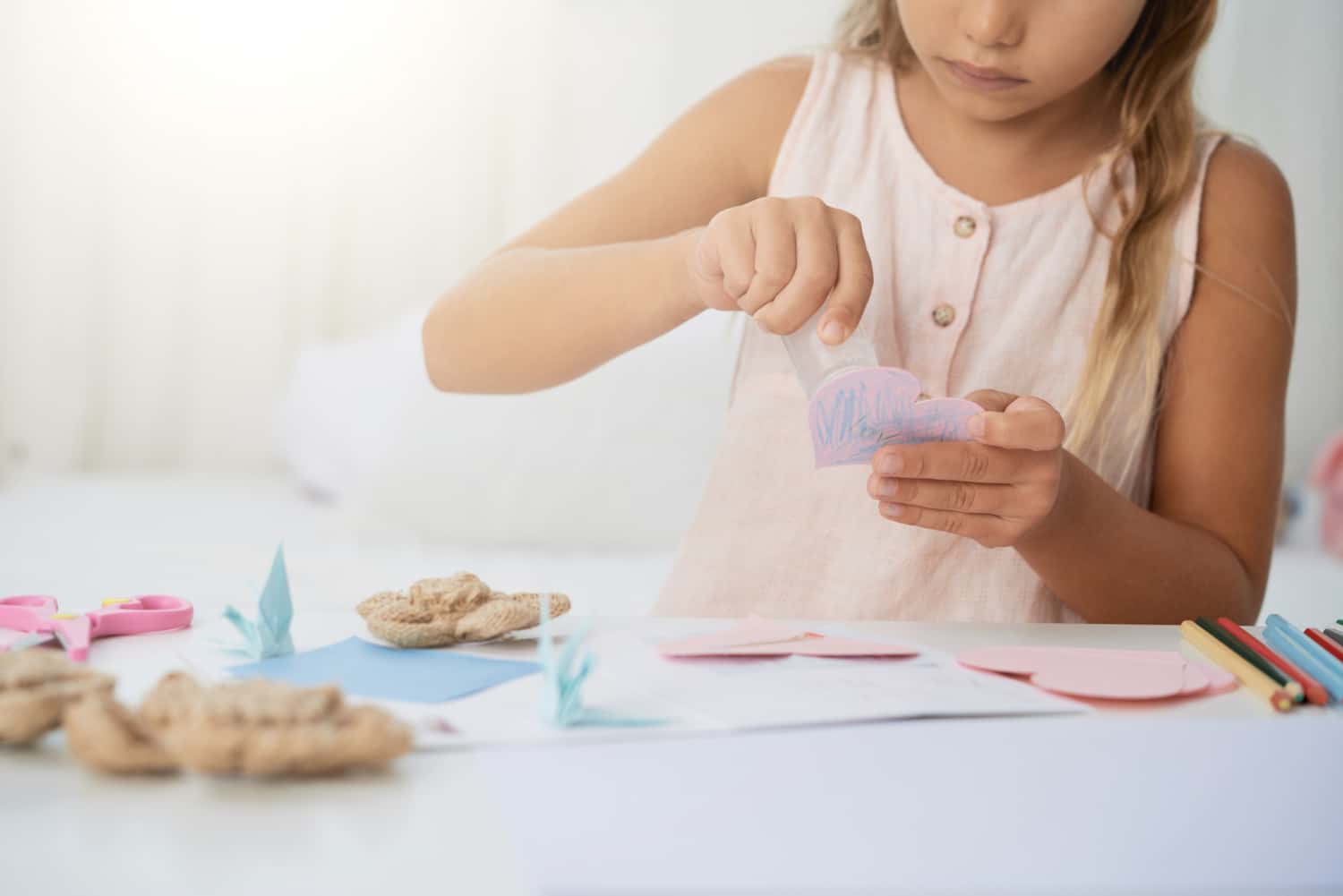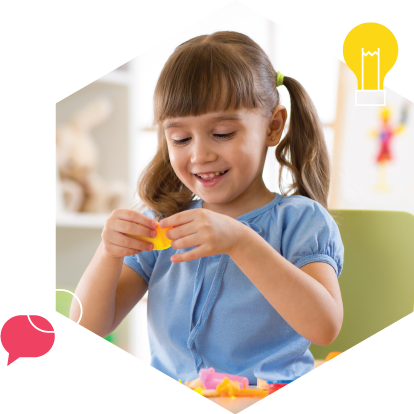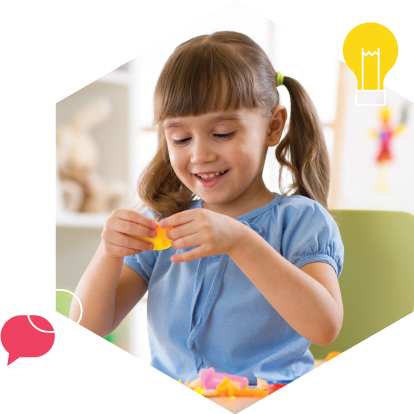
Fine Motor Milestones for Kids Aged 4–8
Key Takeaways
| Aspect | Summary |
|---|---|
| Why This Topic Matters | Milestones help parents track school readiness and independence. |
| Cognitive Benefits | Supports planning, memory, and early academic skills. |
| Problem-Solving Benefits | Encourages persistence and adaptive thinking in daily tasks. |
| Emotional Development | Builds self-esteem as kids gain confidence in self-care and play. |
| Practical Applications | Prepares kids for writing, dressing, tool use, and classroom tasks. |
Why Tracking Fine Motor Milestones Matters
Every parent wonders: “Is my child developing on track?” Between ages 4 and 8, children’s fine motor milestones shape their ability to thrive at school and in daily life. From holding a pencil to tying shoelaces, these skills are the invisible scaffolding that supports independence.
One Hong Kong parent shared how her daughter, age 6, was eager to write but struggled with scissors. With guided milestone activities, she blossomed into a confident creator, turning craft time from tears into pride.
Research shows that consistent monitoring of motor skill checklists helps spot delays early and celebrate strengths. According to the Hong Kong Reference Framework for Preventive Care, children aged 4–6 are expected to use scissors, manage buttons, and hold pencils with control: key indicators for later school success.
Age-Based Fine Motor Milestones (Ages 4–8)
Understanding age-appropriate development is key. Here’s a simplified guide to what children typically master at each age:
| Age | Key Milestones | Signs of Readiness |
|---|---|---|
| 4 | Copies shapes, cuts along lines, builds towers | Shows interest in drawing |
| 5 | Buttons clothes, draws basic people | Enjoys tracing and sticker play |
| 6 | Cuts accurately, ties simple knots | Begins writing letters clearly |
| 7 | Uses tools for detailed crafts, folds paper | Manages zippers and snaps |
| 8 | Writes fluently, creates intricate designs | Handles multi-step tasks |
These developmental benchmarks provide a framework, not a finish line. Children may advance faster in one area and need extra time in another, and that’s okay.
Did You Know?
According to NAEYC’s developmental stages, fine motor growth is a foundation for school readiness and emotional confidence.
Supporting Milestones With Hands-On Play
Fine motor skills don’t flourish by accident. Children need regular, playful practice with tools and materials. Encourage progress by:
Offering craft projects that match current ability (simple snips for 4-year-olds, knot-tying for 6-year-olds).
Creating motor skill checklists at home: e.g., “today we practiced cutting, tomorrow we’ll try buttons.”
Consulting trusted milestone resources like the CDC’s developmental milestones tracker if concerned about delays.
According to Harvard’s insight on fine motor development and school readiness, early motor skills support later academic outcomes and help prepare children for formal learning environments.
Try these milestone-matching activities at home:
- Age 4: Tear colored paper to create simple collages
- Age 5: Use buttons, beads, or lacing cards
- Age 6: Create 3D paper sculptures using scissors and tape
- Ages 7–8: Build models or complete intricate sticker patterns
Looking beyond age 5, the Raising Children Network’s guide to ages 6–8 outlines expectations like cutting irregular shapes, writing on the line, and improved hand strength.
👉 To understand the bigger picture of why these skills matter, explore what are fine motor skills and why they matter.

Get the Free Playbook for Easy Fine Motor Activities
Learn how hands-on play helps your child develop problem-solving, creativity, and confidence, without screen time or prep.
Hands-on, screen-free activities
Printable planner included
Stress-free and fun for parents
Expert-designed, child-approved
Emotional Wins: Celebrating Small Successes
Parents often focus on “what should be next,” but don’t forget to pause and honor what’s already been achieved. Completing a task independently, whether it’s using scissors or drawing a picture, boosts more than coordination. It fosters pride.
One grandfather in Kowloon shared how his grandson, Leo (age 6), grinned ear to ear after finally tying his shoelaces. That small win became a big confidence boost that rippled into school participation and social connection.
And if your child seems behind on basic motor tasks like using scissors or dressing themselves even after starting K‑1 or K‑2, the Family Health Service advice on fine motor delays in K‑1/K‑2 outlines when it’s time to check in with a doctor or seek extra support.
Encourage your child with phrases like:
“You really focused on that, well done!”
“Look how much easier that was than last time.”
“Wow, your fingers are getting so strong!”

How ActivityBox Helps Children Reach Milestones
ActivityBox’s Discover – Make – Play framework naturally supports milestone tracking. Each themed kit offers activities designed to strengthen motor control through crafts, tool use, and storytelling.
Every ActivityBox kit is designed with age-appropriate development in mind. Our model ensures each project is:
- Developmentally aligned
- Tactile and tool-based
- Confidence-building through creativity
Whether your child is working on cutting, zipping, or writing, ActivityBox offers ready-to-go tools and activities that nurture each fine motor milestone.
Help Your Child Thrive Ages 4–8
Every child develops at their own pace, but knowing typical fine motor milestones provides reassurance and direction. By blending playful practice with encouragement, you can nurture independence, confidence, and school readiness.
Track milestones regularly
Support skills with hands-on play
Celebrate small wins to fuel resilience
Use expert-backed resources for guidance
Want a ready-made way to build these skills at home?
Support your child’s journey with ActivityBox. Join today and get monthly hands-on activities that spark creativity and build essential skills delivered to your home, no prep required.
FAQs About Fine Motor Milestones
How can I tell if my child is behind in fine motor development?
Start with supportive play at home. If you notice consistent struggles compared to peers, consult an occupational therapist or pediatrician.
Why are milestones important?
They provide a framework to track progress and ensure children are ready for school tasks like writing and self-care.
Do screen-based games count as fine motor practice?
Not really. While tapping can build finger familiarity, screen time doesn’t replace the complex motions involved in cutting, drawing, or lacing.
What tools help me track progress?
Use a motor skill checklist, progress journal, or apps with developmental prompts. Our Activity Playbook includes built-in tracking tools.
Can children “catch up” if delayed?
Yes. With early support and playful practice, many kids close the gap quickly. Trusted resources like Zero to Three recommend intervention through daily routines.
Can ActivityBox help with skill development?
Have more questions?
We’re here to help! Contact us .

